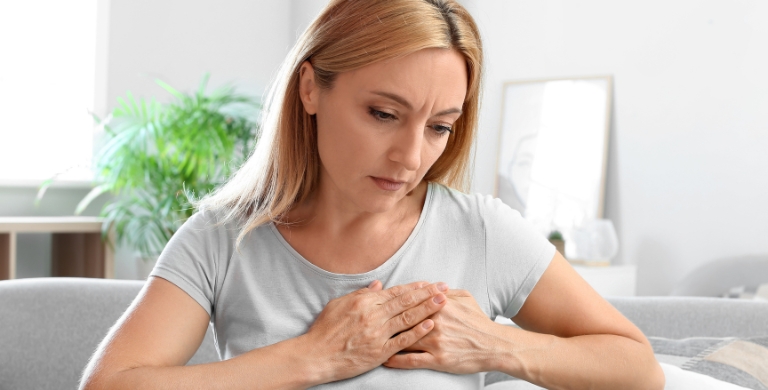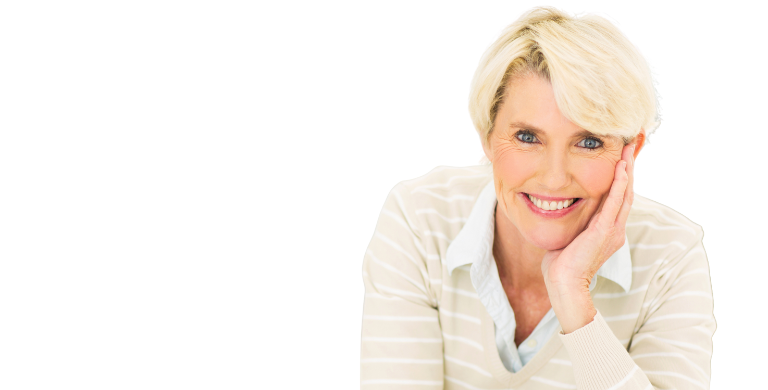A breast self-exam helps you understand your breasts’ everyday look and feel. The examination makes you aware of abnormal changes in your breasts or if one breast differs. However, changes to your breasts are normal for aging; firmness or size changes are very common, especially after menopause.
What are common changes that occur in the breasts due to age?
- Stretch marks.
- Downward pointing nipples.
- An elongated, stretched, or flattened appearance.
- Wider space between the breasts.
- Lumpiness may be due to benign fibrocystic changes in the breast or severe conditions like breast cancer.
However, some changes can be a symptom of health problems, so knowing when you should be concerned is essential. Also, with age comes an increased risk of developing breast growth, such as fibroids, cysts, and cancer.
When should you be concerned about breast changes?
Changes in the breast can be a result of health problems; you should be concerned if you are experiencing the following:
- A lump in your breast or underarm that doesn’t go away. This is often the first symptom of breast cancer. Your doctor can usually see a lump on a mammogram long before you can see or feel it.
- Swelling in your armpit or near your collarbone. This could mean breast cancer has spread to lymph nodes in that area. Swelling may start before you feel a lump, so let your doctor know if you notice it.
- Pain and tenderness, although lumps don’t usually hurt. Some may cause a prickly feeling.
- A flat or indented area on your breast. This could happen because of a tumor you can’t see or feel.
- Breast changes such as a difference in your breast’s size, contour, texture, or temperature.
- Changes in the nipple include pulling inward, dimpling, burning, itching, and developing sores.
- Unusual nipple discharge. It could be clear, bloody, or another color.
- A marble-like area under your skin that feels different from any other part of either breast.
However, breast changes are a normal part of the female anatomy. As you age, the tissue and structure of your breasts begin to change. This is due to differences in your reproductive hormone levels caused by the natural process of aging.
What causes the aging changes in the breast?
- Natural decline of estrogen. One of the leading causes of aging changes in the breasts is a natural decline of the female reproductive hormone estrogen. This reduced amount of estrogen causes the skin and connective tissue of the breast to become less hydrated, making it less elastic.
- Most aging changes in the breasts occur around the time of menopause. Menopause is a natural process during which ovulation and menstruation stop. This transition occurs typically between the ages of 45 and 55. You’re officially in menopause when you haven’t had a period for 12 consecutive months.
- Other causes. Those who have had their ovaries surgically removed can have changes in their breasts at any time due to the loss of hormones.
It is necessary to give yourself regular breast self-exams to check for any changes; being familiar with how breasts usually feel makes it easier to detect when there’s a change.
When to consult a doctor?
Many breast changes are a normal part of the aging process. However, consult an Intercare doctor if you notice any of the following changes: a change in the size, outline, or shape of your breast. A change in the look or feel of the skin on your breast, such as puckering or dimpling, a rash or redness. A new lump, swelling, thickening, or bumpy area in one breast or armpit that was not there before.
Sources












